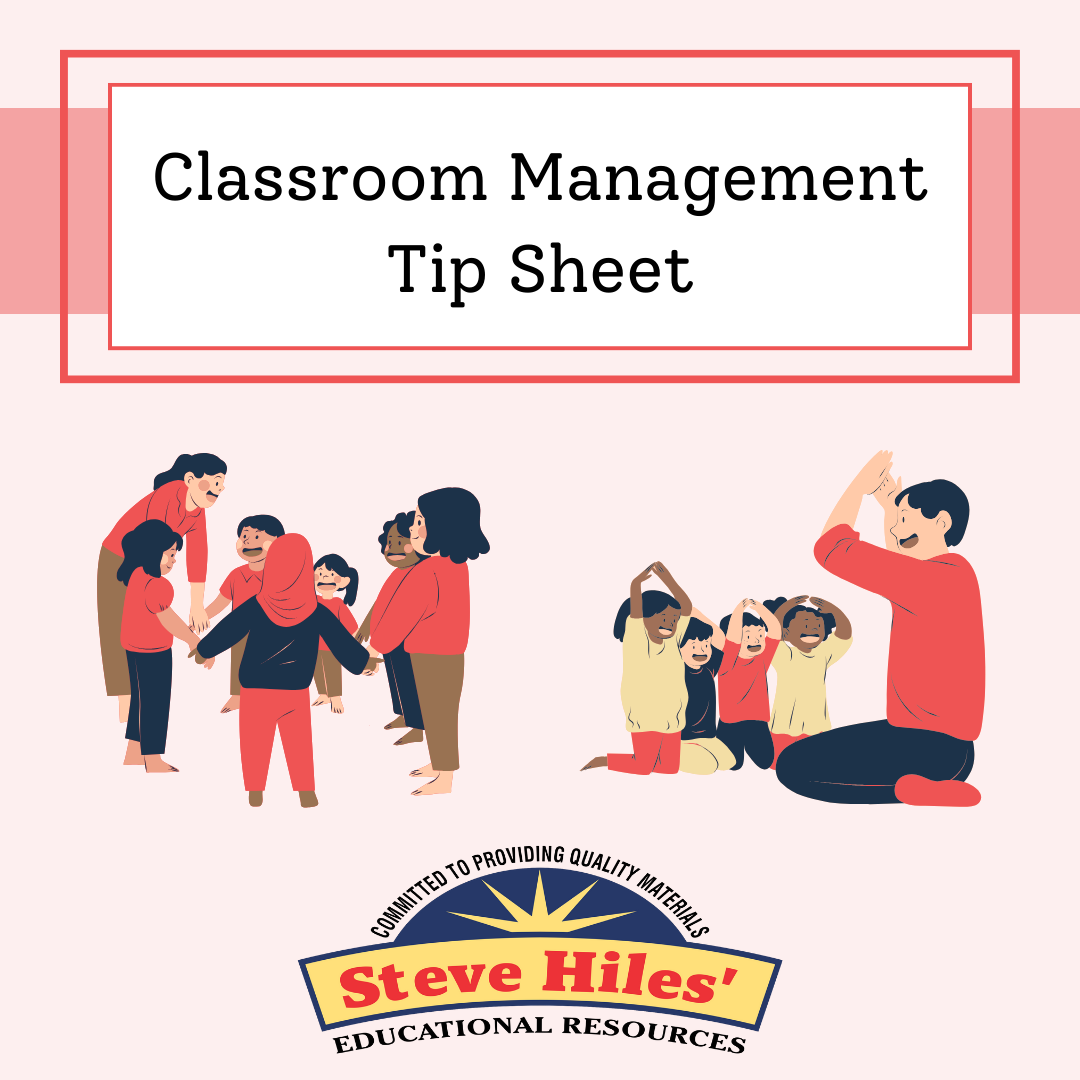Table of Contents
ToggleClassroom behavior management is one of the most critical aspects of effective teaching. While lesson planning, instructional strategies, and assessment techniques are important, none of them can succeed without a structured environment where students feel safe, respected, and motivated to learn.
A well-thought-out classroom behavior management plan not only minimizes disruptions but also maximizes instructional time, creates positive teacher-student relationships, and fosters a culture of mutual respect. For new teachers, mastering behavior management can feel overwhelming, but with the right strategies and ideas, it becomes manageable—and even enjoyable.
This guide explores the importance of classroom behavior management, proven behavior management strategies, how to design a classroom behavior management plan, and creative ideas to keep students engaged and disciplined.
What Is Classroom Behavior Management?
At its core, classroom behavior management refers to the techniques, strategies, and systems that teachers use to encourage appropriate student behavior and discourage disruptive actions. It’s not about punishment—it’s about proactive guidance, consistency, and structure.
Effective behavior management involves:
- Clear expectations – students must know what behaviors are acceptable.
- Consistency – rules must be applied fairly and predictably.
- Positive reinforcement – rewarding good behavior encourages repetition.
- Constructive discipline – addressing misbehavior without humiliating students.
Why Is Classroom Behavior Management Important?
Without effective classroom behavior management strategies, even the most carefully prepared lessons can fall apart. Here are some reasons why it is vital:
- Maximizes Learning Time – Disruptions reduce instructional minutes.
- Creates a Safe Learning Environment – Students thrive in structured, respectful spaces.
- Supports Social-Emotional Development – Teaches self-control, responsibility, and empathy.
- Improves Teacher Well-being – Less stress and burnout when classrooms are orderly.
- Boosts Academic Performance – Focused classrooms lead to higher student achievement.
Core Principles of Classroom Behavior Management
Before diving into strategies and plans, it’s important to understand the core principles that guide successful classroom management:
- Be proactive, not reactive. Anticipate issues before they escalate.
- Consistency builds trust. Students respect teachers who are fair and predictable.
- Positive > Negative. Reinforcing desired behaviors is more effective than punishing unwanted ones.
- Relationships matter. Strong teacher-student connections reduce behavior problems.
- Flexibility is key. Adapt strategies to individual needs and classroom dynamics.
Section 1: Classroom Behavior Management Strategies
When it comes to maintaining order, there’s no “one-size-fits-all.” Teachers must adopt a variety of classroom behavior management strategies to handle different personalities, situations, and age groups.
Here are some highly effective strategies:
1. Establish Clear Rules and Expectations
- Post classroom rules prominently.
- Involve students in rule-setting to build ownership.
- Keep rules simple and positive (e.g., “Respect others” instead of “Don’t be rude”).
2. Create Routines and Procedures
Predictability helps reduce misbehavior. Examples include:
- Morning routines (attendance, materials check).
- Transition routines (moving between subjects or activities).
- End-of-day procedures.
3. Use Positive Reinforcement
Recognize and reward good behavior. Options include:
- Praise (“Great job staying on task, Alex!”).
- Stickers, tokens, or points systems.
- Class rewards (extra recess, fun activities).
4. Maintain Consistent Consequences
Consistency is crucial—students should know the outcomes of their choices.
- Use tiered consequences (verbal warning → seat change → parent contact).
- Avoid empty threats—always follow through.
5. Build Strong Relationships
Students behave better when they feel respected and valued.
- Learn students’ names quickly.
- Show genuine interest in their lives.
- Use restorative conversations after conflicts.
6. Implement Restorative Practices
Instead of punishment, focus on repairing relationships. Examples:
- Peer mediation.
- Reflective journals.
- Apology letters or discussions.
7. Incorporate Engaging Instruction
Many disruptions occur because students are bored.
- Use interactive activities, group work, and technology.
- Differentiate lessons for diverse learning needs.
8. Nonverbal Communication
Body language can often correct behavior without interrupting the flow.
- Proximity control (standing near off-task students).
- Hand signals or visual cues.
- Silent reminders like tapping the desk gently.
9. Teach Self-Regulation Skills
Help students develop ownership of their behavior:
- Breathing exercises.
- “Take a break” corners.
- Goal-setting charts.
10. Involve Parents and Guardians
Collaboration strengthens accountability.
- Regular communication through notes or apps.
- Invite parents to partner in behavior plans.
Section 2: Developing a Classroom Behavior Management Plan
A classroom behavior management plan is a structured framework that outlines rules, consequences, rewards, and teacher strategies for maintaining a positive learning environment.
Steps to Create an Effective Plan
Step 1: Define Your Classroom Rules
- Limit rules to 4–6 essential ones.
- Phrase them positively.
- Display them prominently.
Step 2: Establish Procedures
Think through every routine, including:
- Lining up for lunch.
- Asking questions.
- Submitting homework.
Step 3: Set Consequences
Develop a hierarchy of consequences:
- Verbal warning.
- Reflection time.
- Loss of privilege.
- Parent involvement.
- Administrative referral (last resort).
Step 4: Create a Reward System
Rewards motivate students. Options include:
- Individual rewards: points, badges, homework passes.
- Group rewards: team points, class parties.
Step 5: Document and Share the Plan
- Share the plan with students, parents, and administrators.
- Review expectations regularly.
- Reflect and adjust based on what works.
Section 3: Classroom Behavior Management Ideas
Sometimes, traditional strategies need a creative twist. Here are practical classroom behavior management ideas teachers can try:
Fun and Creative Reward Systems
- Treasure Box: Small prizes for consistent good behavior.
- Classroom Economy: Students earn “money” for good behavior to “buy” privileges.
- Star Chart: Visual progress tracker.
Interactive Engagement Ideas
- Brain breaks with music or movement.
- Gamify lessons with apps like Kahoot!
- Mystery motivators (surprise rewards for collective good behavior).
Preventive Behavior Ideas
- Seating arrangements that minimize distractions.
- “Check-in circles” to address emotions at the start of the day.
- Morning greetings at the door.
Technology-Based Tools
- ClassDojo for behavior tracking.
- Google Forms for reflection sheets.
- Digital badges for positive behaviors.
Restorative and Inclusive Ideas
- Peer-led discussions about respect.
- Community agreements written by students.
- Journaling about behavior reflections.
Section 4: Common Classroom Behavior Challenges and Solutions
Even with the best plans, challenges will arise. Here’s how to address them:
- Disruptive talking: Use proximity, redirect, or assign structured talk opportunities.
- Defiance: Stay calm, avoid power struggles, and use private conversations.
- Off-task behavior: Provide clear directions, chunk tasks, and set timers.
- Bullying: Implement zero-tolerance policies and restorative interventions.
- Chronic misbehavior: Collaborate with parents, counselors, and administrators.
Section 5: Classroom Behavior Management Across Grade Levels
Different age groups require different approaches:
- Elementary: Visual aids, simple rules, lots of positive reinforcement.
- Middle School: Clear structure, consistency, and engaging instruction.
- High School: Respectful relationships, autonomy, and logical consequences.
Section 6: Classroom Behavior Management for Diverse Learners
Every classroom includes students with unique needs. Behavior management must be inclusive.
- Students with ADHD: Use clear routines, breaks, and fidget tools.
- English Language Learners (ELLs): Use visuals, modeling, and simplified instructions.
- Students with Emotional/Behavioral Disorders: Provide counseling support, calm spaces, and consistent reinforcement.
Section 7: Examples of Successful Classroom Behavior Management Plans
Case studies of teachers using effective plans can inspire others:
- Ms. Johnson’s Elementary Class: Uses a token economy and morning greetings.
- Mr. Lee’s Middle School Science Class: Implements group rewards and peer accountability.
- Ms. Ramirez’s High School English Class: Uses restorative circles and clear boundaries.
Section 8: Expert Tips for Effective Classroom Behavior Management
- Start strong on the first day—set the tone early.
- Be consistent but flexible.
- Focus on relationships, not just rules.
- Reflect on your own teaching style.
- Never stop learning—adapt strategies as education evolves.
Section 9: FAQs on Classroom Behavior Management
Q1: What is the most effective classroom behavior management strategy?
A mix of clear expectations, consistency, and positive reinforcement works best.
Q2: How can I handle a disruptive student without embarrassing them?
Use private redirection, restorative conversations, and calm body language.
Q3: Should I involve parents in behavior management?
Yes—parents provide valuable support and reinforce consistency at home.
Q4: How do I keep students motivated?
Use engaging lessons, reward systems, and give students ownership of learning.
Conclusion: Building a Positive Learning Culture
Classroom behavior management is more than just controlling misbehavior—it’s about creating a positive learning culture where students feel respected, engaged, and motivated. By combining effective strategies, a structured classroom behavior management plan, and creative ideas, teachers can foster environments where students thrive academically and socially.
Whether you are a new teacher or a seasoned educator, investing time in developing your classroom management toolkit will pay off with smoother lessons, happier students, and greater teaching satisfaction.









